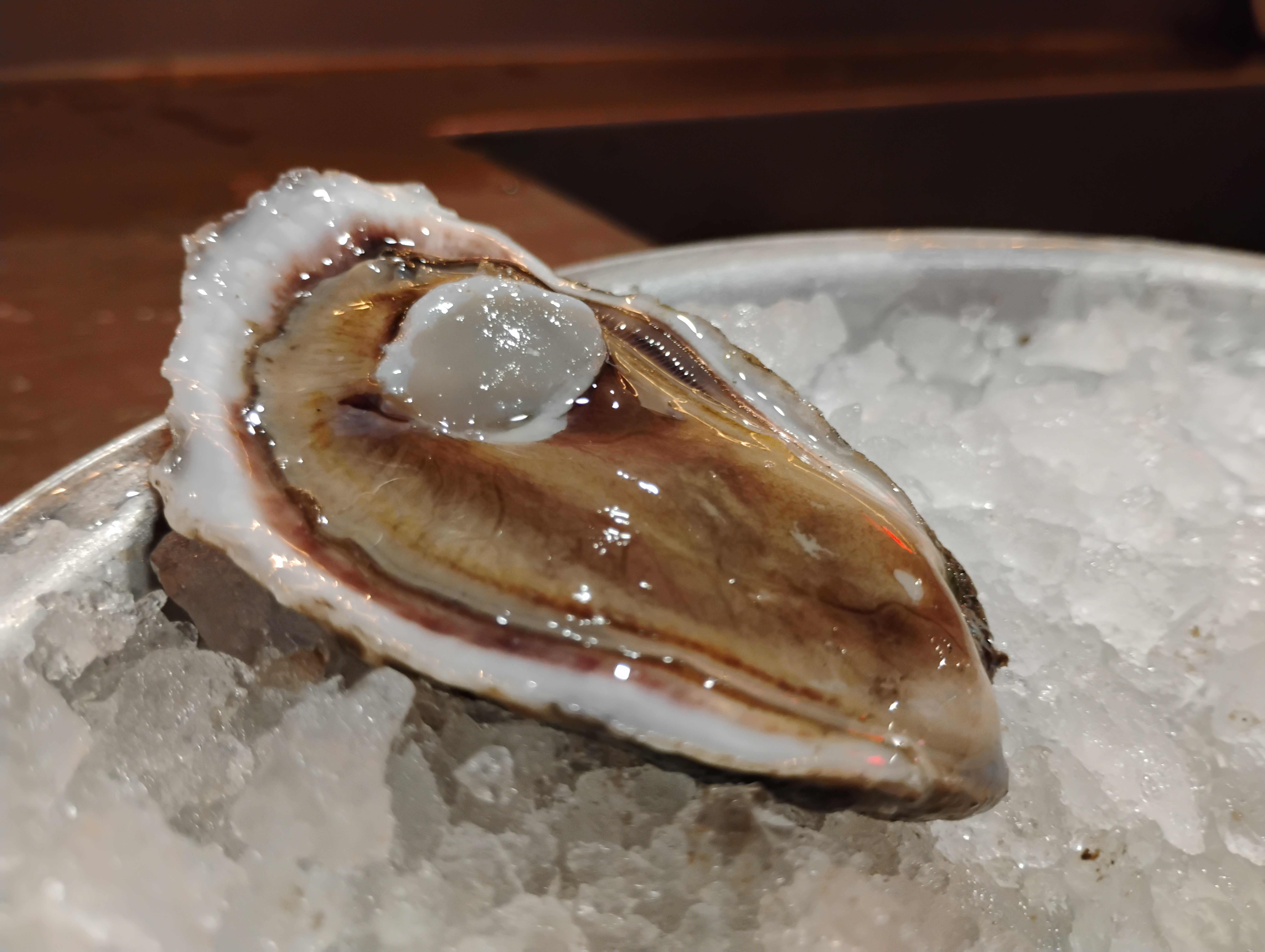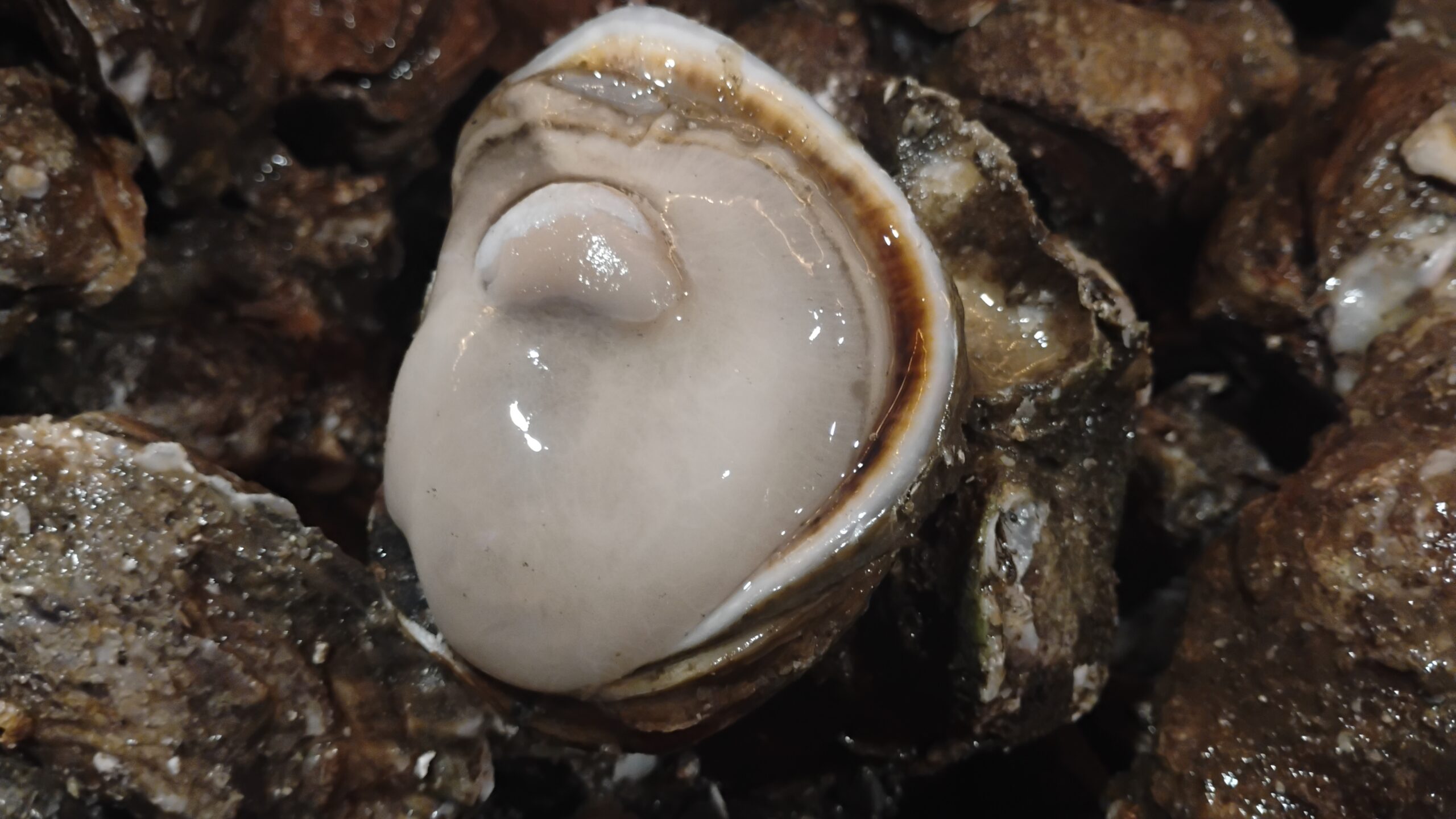Oysters are remarkably resilient creatures, thriving in dynamic coastal environments where tides and temperatures constantly fluctuate. Their ability to adapt to these changing conditions is crucial for survival. Understanding how oysters manage these environmental shifts reveals their impressive biological flexibility.
Surviving Tidal Changes
Oysters are intertidal organisms, meaning they often live in areas exposed to both air and water as tides rise and fall. To endure these shifts, oysters rely on their strong shells and efficient metabolic adjustments.
When exposed to air during low tide, oysters tightly close their shells using their powerful adductor muscle. This seal helps them retain moisture and protect themselves from desiccation. During this period, oysters reduce their metabolic activity to conserve energy and survive without active feeding or respiration.
When the tide returns and oysters are submerged, they reopen their shells to resume filter feeding and oxygen exchange. This ability to alternate between active and dormant states allows oysters to survive in environments with regular exposure to air.
Regulating Temperature Fluctuations
Coastal waters experience significant temperature changes, especially in shallow regions where oysters often thrive. Oysters have developed strategies to cope with both extreme heat and cold.
In warmer conditions, oysters reduce their metabolic rate to conserve energy. This adaptation limits oxygen consumption and slows growth, helping them survive heat stress. Oysters also adjust their shell formation during prolonged warmth, reinforcing their shells with denser calcium carbonate layers to enhance protection.
In colder conditions, oysters increase their production of proteins that stabilize cell structures and prevent freezing damage. By modifying their biochemical processes, oysters can endure cold spells and survive in regions where temperatures drop dramatically.
Salinity and Environmental Flexibility
Oysters are also adept at managing changes in salinity, which often accompany shifting tides and weather patterns. They can tolerate a wide range of salinity levels by adjusting their internal fluid balance. This flexibility allows oysters to survive in estuaries, where freshwater and seawater mix, creating fluctuating salinity conditions.
Behavioral Adaptations
Beyond physiological adjustments, oysters exhibit behavioral responses to environmental changes. When faced with prolonged exposure to stress, oysters may cluster together to reduce moisture loss and improve protection. Forming dense groups also creates stronger reef structures, which help stabilize coastal areas and provide habitats for other marine life.
Conclusion
Oysters have evolved an impressive range of adaptations that enable them to thrive in challenging coastal environments. By regulating their metabolism, reinforcing their shells, and adjusting their internal chemistry, oysters can survive changing tides, temperatures, and salinity levels. These adaptations not only ensure their survival but also contribute to the stability of marine ecosystems, reinforcing the oyster’s role as a vital environmental asset.


